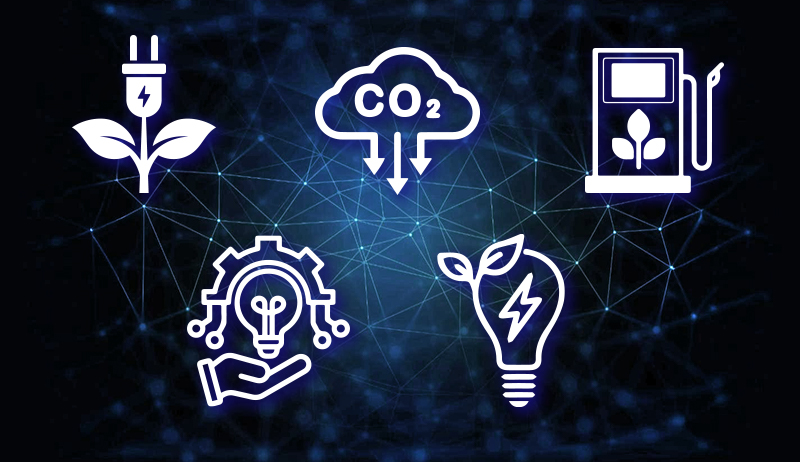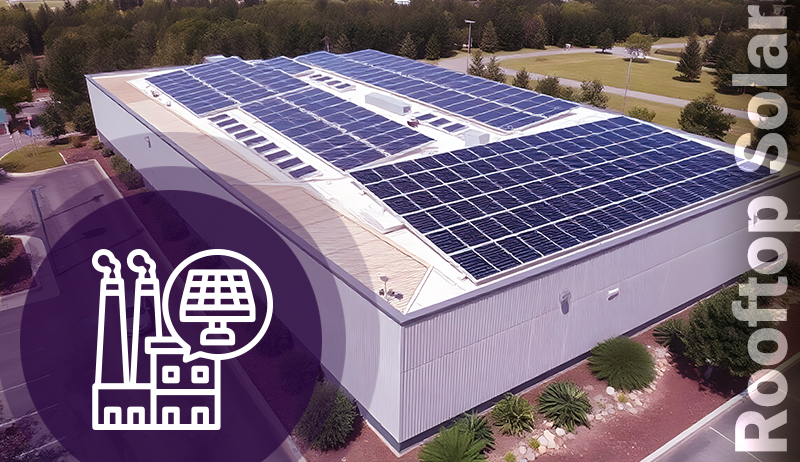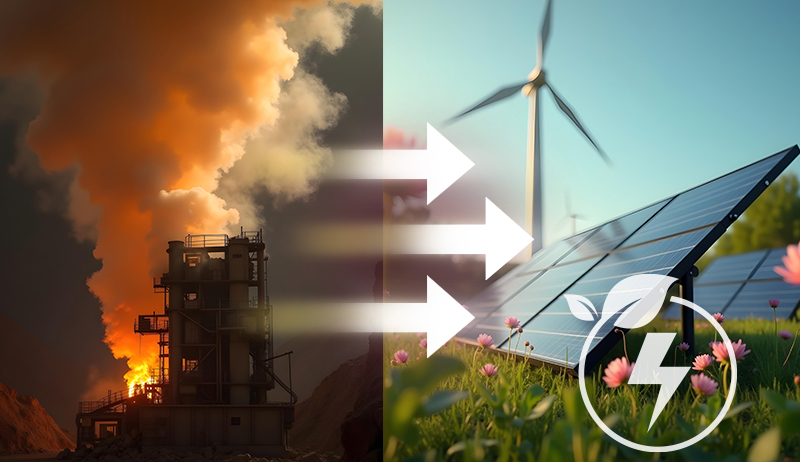Arevon Energy, in partnership with CenterPoint Energy, have broken ground on construction for the 228 MW Posey Solar Project in Posey County, Ind.
Arevon developed the project along with CenterPoint, with Bechtel serving as its EPC contractor. CenterPoint will be the project’s long-term owner and operator during its estimated 35-year lifespan.
“Posey Solar provides significant benefits to the state of Indiana and to Posey County, including cost-effective renewable energy, substantial construction jobs and long-term tax benefits to the region,” says Kevin Smith, Arevon CEO. “Arevon appreciates our partners and the stakeholders who made this project a reality, and we look forward to advancing the Posey Solar Project into operations.”
The project is expected to become operational next year.
The post Arevon Breaks Ground on Indiana Posey Solar Project appeared first on Solar Industry.
Renewable Energy
What the Destruction of the White House East Wing Means
 Here are a couple of remarks on Trump’s destroying the East Wing of the White House:
Here are a couple of remarks on Trump’s destroying the East Wing of the White House:
From Dan Rather
Witnessing any part of its demolition is a gut punch. Trump crossed an invisible line by destroying something that wasn’t his to destroy. You could say that about so much of what he has done, but the visual of seeing a bulldozer taking down part of this national treasure was a painful reminder of how he and his administration work every day at dismantling our democracy.
From the District of Columbia Preservation League
Renewable Energy
Why Electricity Prices Will Soon Skyrocket
 In this video, a gentleman explains why your monthly electric bill will, in a matter of a few years, exceed you mortgage payment.
In this video, a gentleman explains why your monthly electric bill will, in a matter of a few years, exceed you mortgage payment.
He starts out by explaining that “Trump hates renewables” and provides a statement from the president: “There will be no more windmills built in the United States.” The rest of if the presentation is essentially math: why the demand for natural gas, gas pipelines, and high-voltage transmission lines is about to drive prices through the roof.
Renewable Energy
The Role of Solar Energy in Australia’s Net Zero 2050 Plan
-
Climate Change2 years ago
Spanish-language misinformation on renewable energy spreads online, report shows
-
Climate Change2 months ago
Guest post: Why China is still building new coal – and when it might stop
-
Climate Change Videos2 years ago
The toxic gas flares fuelling Nigeria’s climate change – BBC News
-

 Greenhouse Gases1 year ago
Greenhouse Gases1 year ago嘉宾来稿:满足中国增长的用电需求 光伏加储能“比新建煤电更实惠”
-
Greenhouse Gases2 months ago
Guest post: Why China is still building new coal – and when it might stop
-

 Climate Change1 year ago
Climate Change1 year ago嘉宾来稿:满足中国增长的用电需求 光伏加储能“比新建煤电更实惠”
-

 Carbon Footprint2 years ago
Carbon Footprint2 years agoUS SEC’s Climate Disclosure Rules Spur Renewed Interest in Carbon Credits
-
Renewable Energy3 months ago
US Grid Strain, Possible Allete Sale






